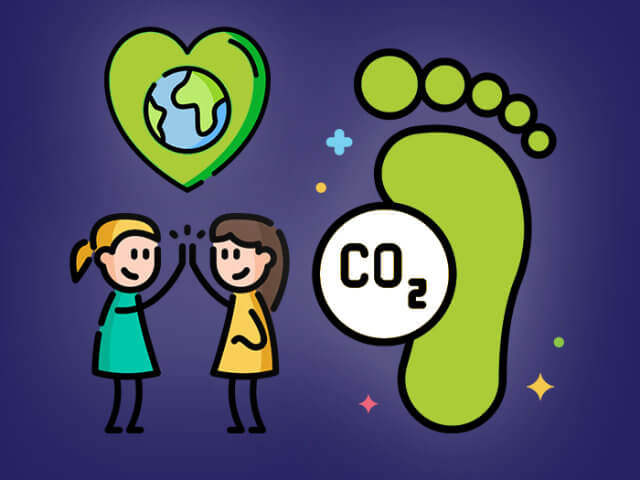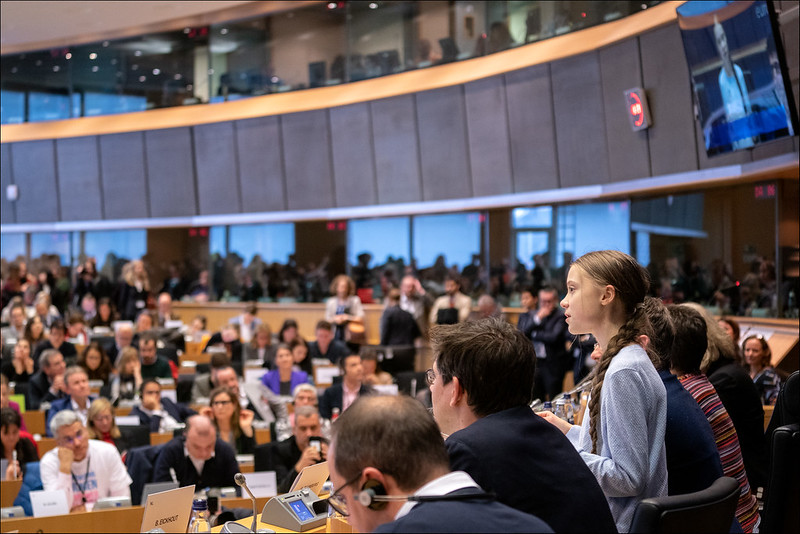
Dr Rachel Kelly
Questions answered by this expert
Great question, lots of people want to be able to anticipate and prepare for natural disasters. Natural disasters vary in how they happen and how scientists can anticipate them, and we know more about some than we do about others.
For example, floods and bushfires are weather events. Scientists can provide very reliable forecasts of weather, particularly rainfall, which can give us advance warning of floods. These weather forecasts can provide accurate information for 1-7 days in advance, but predicting weather becomes more difficult the further away it is in time. If we want to anticipate potential heavy rainfall and resulting floods further away in time, we can look at data from Australia’s Bureau of Meteorology (BoM). The BoM works to provide forecasts of rainfall and riverflow up to three months in advance. These seasonal forecasts can help state managers and the community anticipate times with increased chance of rainfall and flooding – and allow them to prepare. These kinds of predictions are in the timescale of days to weeks.
In contrast, earthquakes are not weather or climate events. To date, no one has ever successfully predicted an earthquake occurring. But scientists can calculate how likely it is that an earthquake of a certain magnitude will occur within a region over a certain number of years. Scientists make these calculations mostly based on the history of seismic activity (earthquakes happening) in a particular area, and work to anticipate how likely it is an earthquake will occur and what magnitude (size or strength) it will be. These kinds of predictions are in the timescale of years.
Yes, whilst much more is known about bigger species’ responses to climate change scientists are now also beginning to discover how mushrooms are affected.
Mushrooms are a type of fungus. Fungi (plural of fungus) are a group of living things that also include mould and yeast. Fungi like to eat organic material such as fallen trees and old fruit (think of the kinds of environments you have seen mushrooms growing. Fungi can't move on their own so they reproduce by spreading their spores. Many types of mushrooms and other fungi also spread their spores by producing fruiting bodies during autumn. The “fruiting body” is actually the mushroom that you and I can see.
Climate change is now affecting when and for how long these fruiting bodies are produced. Scientists don’t understand everything yet – but they are learning that climate change is making some mushrooms produce their fruiting bodies either earlier or later than normal. Scientists also don’t know what this might mean for ecosystems, but it is likely that there will be changes in how some animals and birds and insects can feed on mushrooms as their growth timing changes.
Fungi may also play a big role in helping to reduce climate change! Some fungi live in symbiosis with trees. Symbiosis means that a tree and fungus have a close relationship to each other and may provide each other with benefits such as food or habitat. We all know trees can help sequester carbon dioxide from the atmosphere – but some species of fungi are help trees to absorb CO2 even faster.

- Mycorrhizal fungus (Wikimedia commons)
Yes, some scientific work can be affected by the impacts of climate change – especially scientific research that looks at the environment and plants and animals.
Lots of plants and animals around the world are moving habitats because the climate is changing where they have typically lived before. This phenomenon is known as ‘species on the move’.
In Australia, the water in Eastern Australian Current (known as the ‘EAC’ in Finding Nemo 😊) is warming because of climate change and as a result, the current is travelling further down the east coast of Australia than it used to – bringing marine species with it. For example, the Gloomy Octopus is not typically found in Tassie but has been spotted as far south as Falmouth on the east coast. Some Tiger Sharks have also been seen as far south as St Helens! Scientists who study these ‘species on the move’ now need to change their work to try to understand where species are moving, how fast they are moving, and what these moves might mean for the ecosystems that already exist in these places.
You might like to check out Redmap which is a website where people from all over Australia are invited to log any marine species they see that are new or atypical to coastal areas around the country. Scientists verify these sightings of ‘species on the move’ and the information is stored in a national database so scientists and the community can document how marine life is responding and moving because of climate change.
This is a very important question! The government play a key role in climate action by making laws and requirements that Australians across the country must abide by.
This year, the new government produced a Climate Act which includes the Australia’s first-ever national emissions target. The act means that the government commits to reducing 43% greenhouse gas emissions by a minimum of 43% by 2030 and to net zero by 2050. Even though a 43% target is not ambitious enough to avoid some major climate impacts – such as extreme floods, fires and droughts – this target can be increased over time and we hope it will be.
The Climate Act also says that the Minister for Climate Change and Energy (currently Chris Bowen) must present a climate change statement for Australia every year. This statement must take advice from the Climate Change Authority – who are a group of independent experts that provide advice to the Australian Government on climate change. This advice is important because it means that government decisions on climate change will be informed by expert knowledge on climate, and not just political views.
The government’s budget can also show us what actions and changes it is prioritising. Every government must outline how they will spend national money and where they will spend it - for example, on schools, hospitals, public transport, and everything else. Compared to previous governments, this new government has invested much more in actions for mitigating and curbing climate change, which is good news! For example, it has have promised $47.1m to the Climate Change Authority. It has also allocated $102.2m for a community solar banks program to improve access to clean energy for lots of communities, and $275m for electric vehicle charging stations to help speed up Australia’s transition from burning fossil fuel.
These are all great changes in Australia’s effort to take action on reducing climate impacts, but the government needs to continuing making changes and doing more if we are to reduce climate impacts here in Australia and across the world. Engage your local politicians - maybe invite them to your classroom! - to ask and encourage them to make climate action a priority. Even though you are not old enough to vote yet, you still have an important voice and can make that heard 😊

This is such a great question! Taking climate action is really important for stopping or reducing the climate change impacts that we might face. The more people who take action, the more we can collectively curb these impacts.
To understand how to get more people to take action, we need to think of why they might not be taking action already. One reason might be that people don’t know how to take action or where to find information to learn about taking action. In this case, we know that climate conversations are really helpful. Talking to your friends, teachers, neighbours, parents, and other family members about what climate change is, what it means for the world, and what each of us can do to take action, can be a catalyst for people to make changes they might not have done otherwise. In fact, some recent research shows that children build climate change concern among their parents and are key to encouraging parents to take action. You can have your own climate conversations with your parents or other people you know, telling them why climate change is such a big issue and what they, you, and we all can do to take action and make a difference. Check out the Curious Climate Schools website for lots of suggestions on small to bigger ways we can all take climate action.

Another reason that people might not already be taking action, is that they are overwhelmed by the climate emergency. They might be sad or angry about climate change and not think that their actions can make a difference. But these individual actions can and do make a difference. We can ask people: Does climate change make you angry, scared, worried? And let them articulate their feelings. We can tell them that this is okay, we all have feelings about climate change and it’s useful to talk about them with our classmates, friends, and families. Talking about climate change can help us all to work together to imagine and create more ways to address climate problems.
For example, to reduce greenhouse gas emissions we can think of ways we can act
- individually: such as recycling or reducing our food waste
- collectively: such as using our voices in climate strikes, or demanding that classrooms and schools make changes too,
- at systematic levels (think big scale): by talking to local politicians about what they are and can be doing to make climate action happen at local to State levels, or by encouraging parents and adults to vote for parties who take climate action into real consideration.
Taking action can help people realise that there is something they can do to make a difference and can help with their feelings of overwhelm and climate worry or anger. Keep talking about climate change to those around you, every conversation can make a difference and encourage people to take actions, big and small 😊
This is an excellent question, and one of the questions most students want an answer to. You can be someone who takes climate action!
Each of us can act individually (on our own) and collectively (together with others) to act on climate. We know, from scientific evidence, that climate change cannot be stopped and is happening already – but it can be reduced and slowed down. People today and into the future (including you) can make changes and decisions that will greatly reduce climate change and its impacts.
Some of these decisions are happening on a systemic scale - they the really big changes we need to reduce emissions from industries and electricity generation.
For example, world leaders are meeting together at COP26 (which is the UN Climate Change Conference of the Parties) to discuss pathways to do this – in particular, to ensure that global temperature rises do not exceed 1.5 degrees, and how we can adapt to climate change impacts into the future. If we can manage to greatly reduce global greenhouse gas emissions (such as carbon dioxide) we can limit climate change.
You might wonder how young people can influence big changes like this? By using your voices! Young people are involved in many groups and movements such as the School Strikes for Climate that have already made a difference to the way world leaders think about climate action.

At a smaller scale, all of us can do something to make positive changes and have an impact on tackling climate change. Some people can do more and less than others, and that is OK - it’s great actually because lots of small changes can lead to big impact. In everyday life, there’s lot that you might be able to do, for example:
- You can aim to take the bus or walk, or ride your bike to school more.
- You could eat more vegetables, and eat meat less often (maybe even encourage your family and friends to have ‘meat free Mondays’?!). Plant-based foods generally produce fewer greenhouse gas emissions and they also require less energy, land, and water usage.
- You can speak up! Tell your friends and family about climate change and the small changes each of us can do to make a difference - remembering that we all have different abilities to make these changes, big and small.
There are a lot more ideas you can check out on our 'What can I do?' page.










